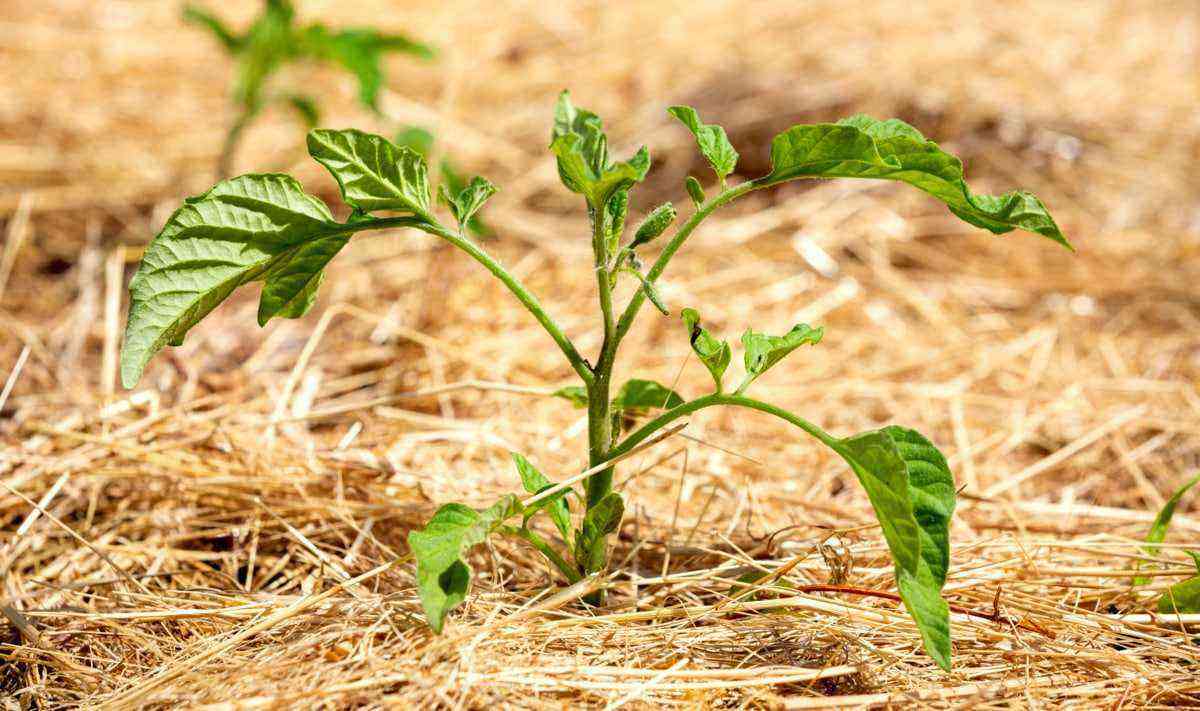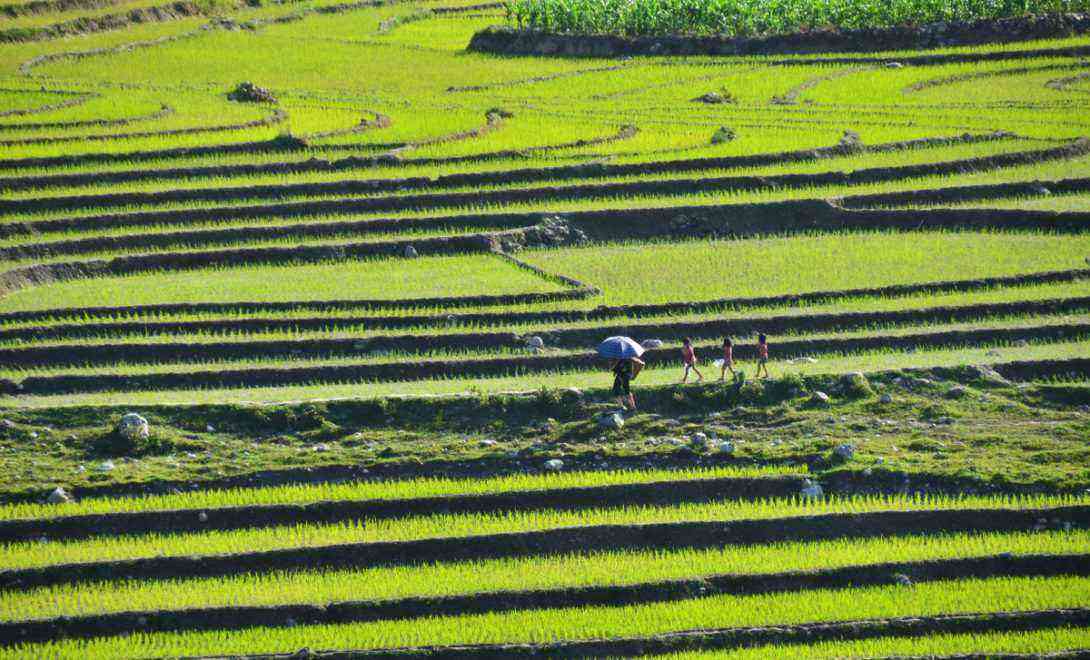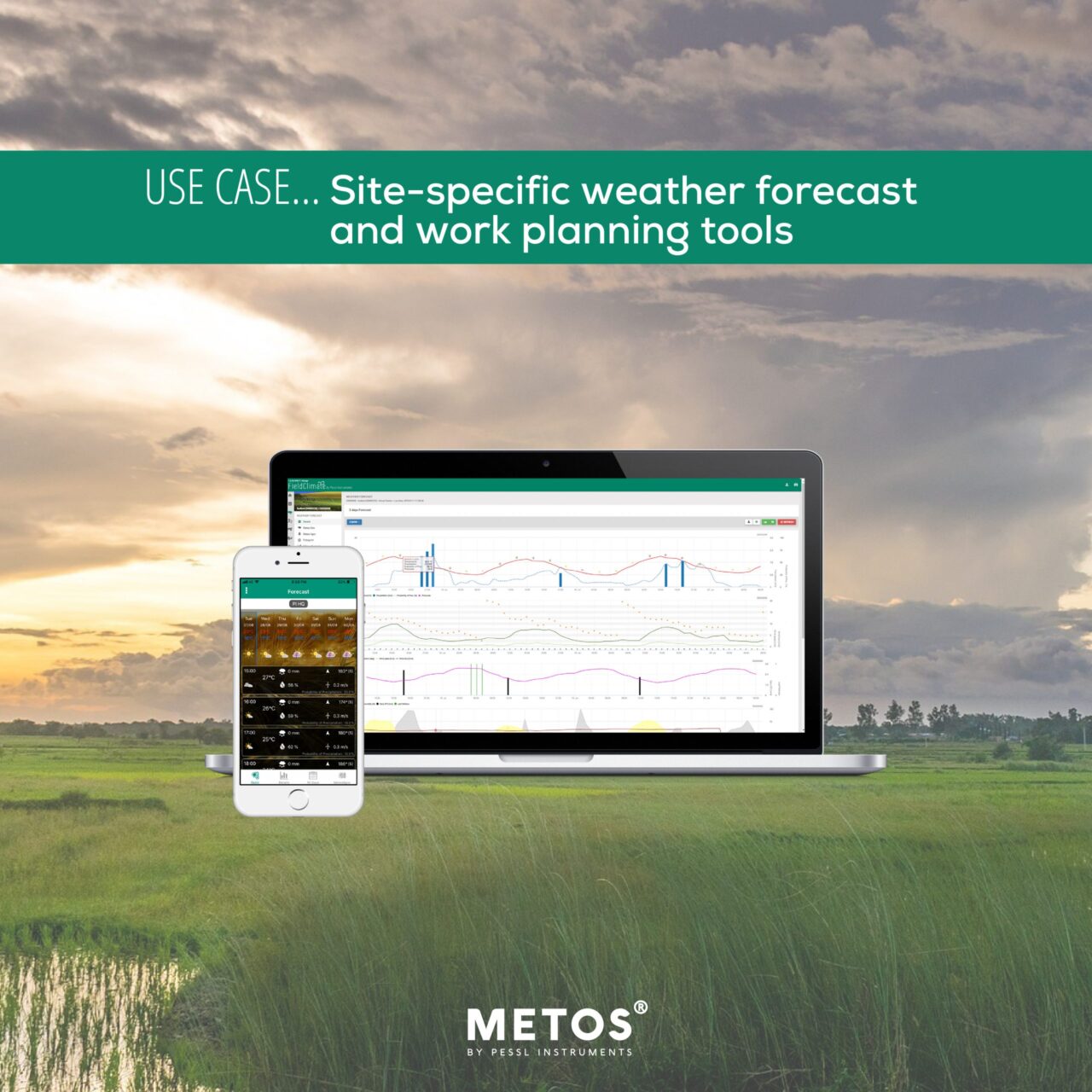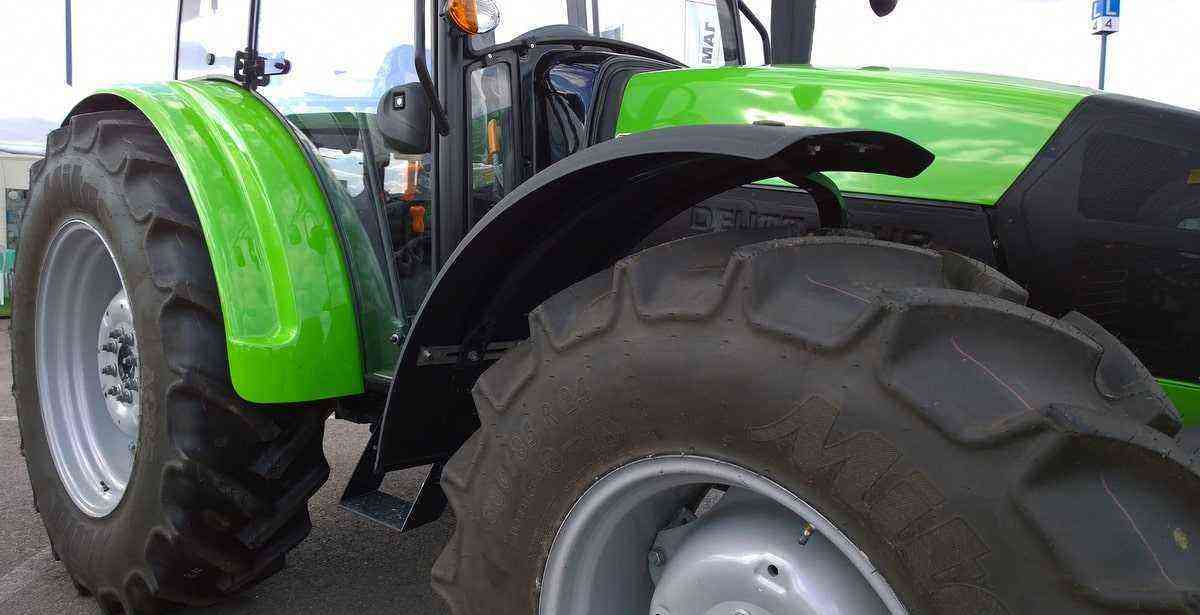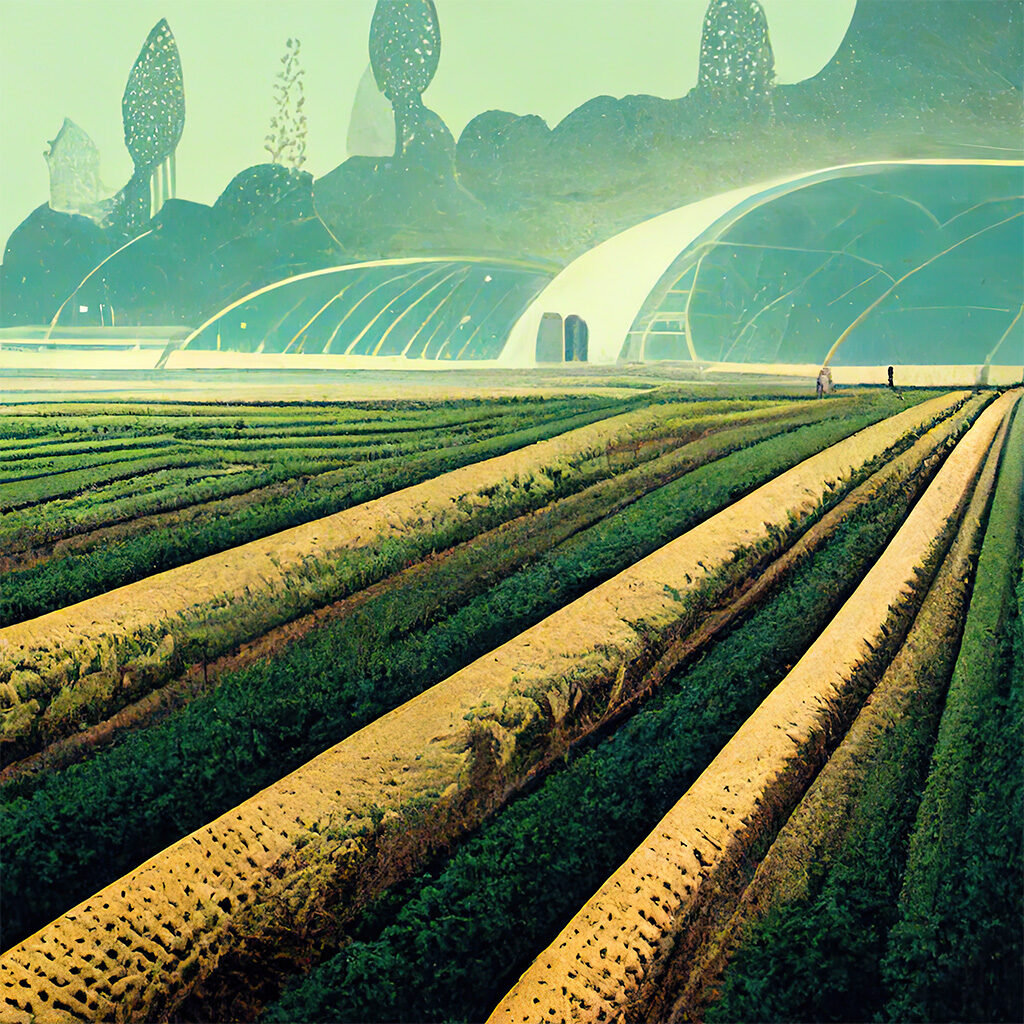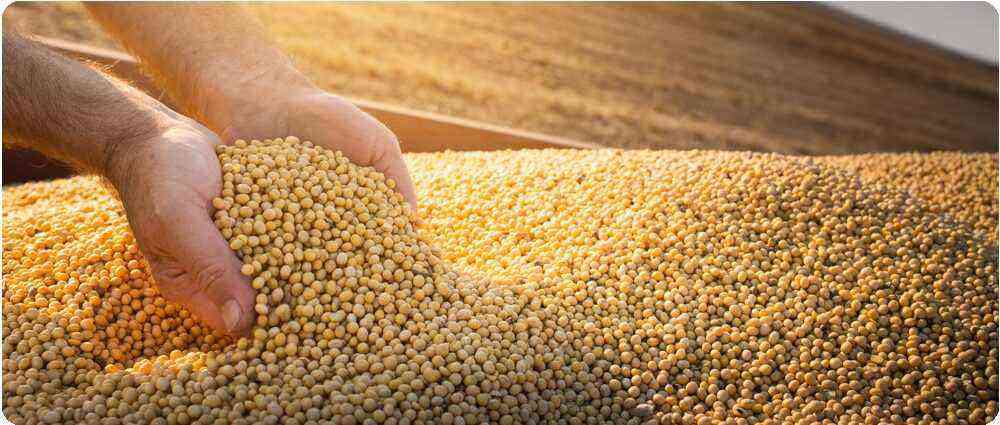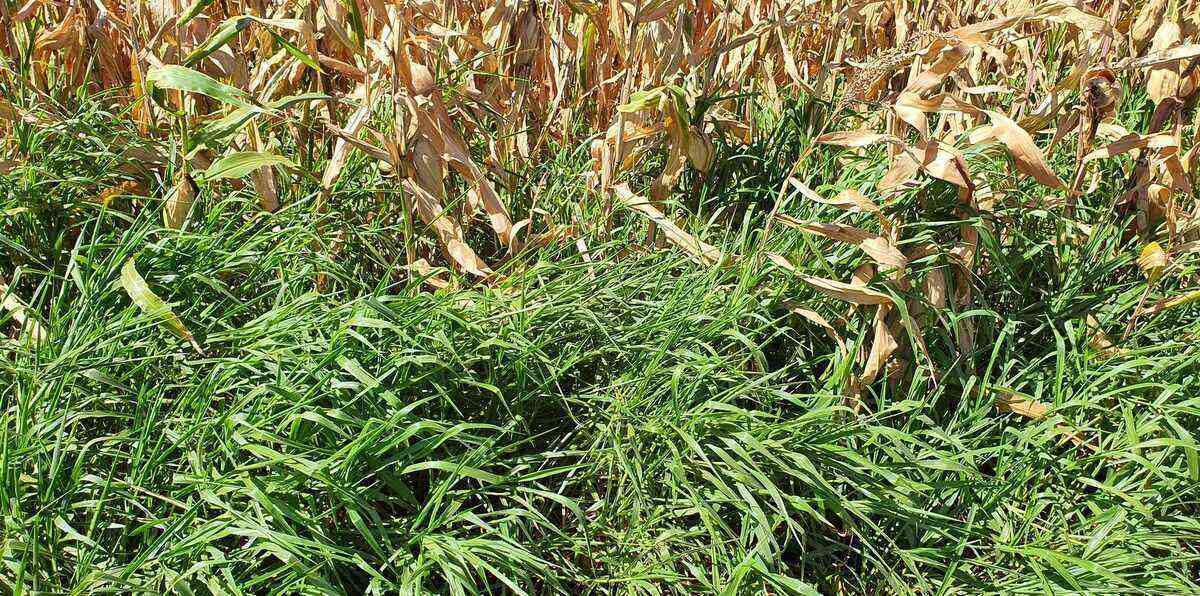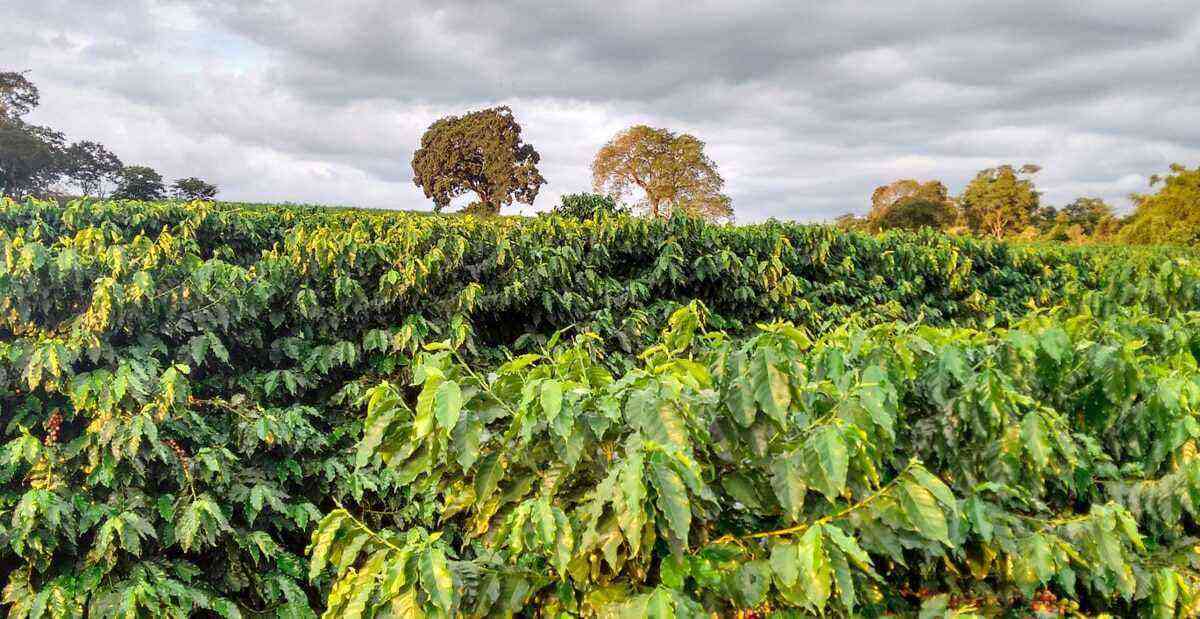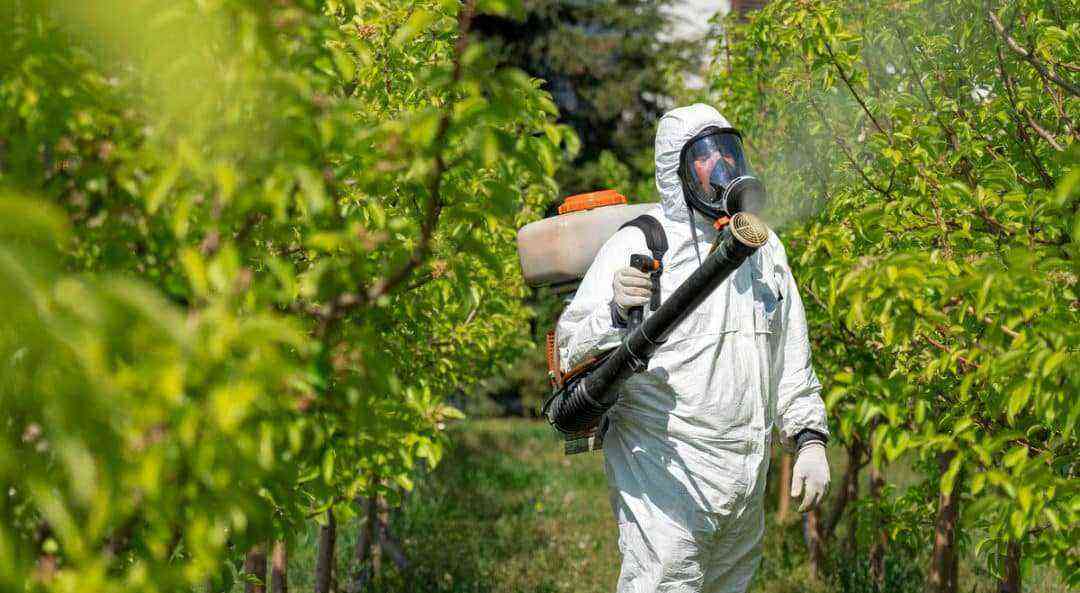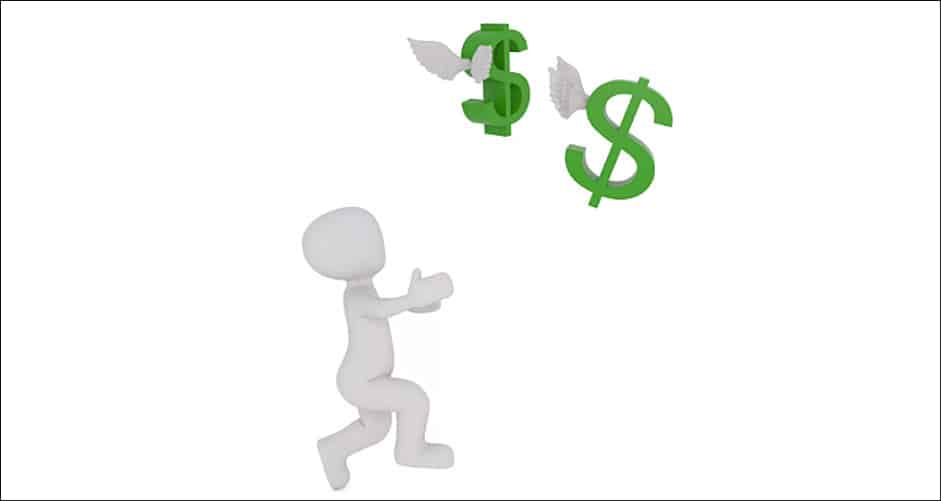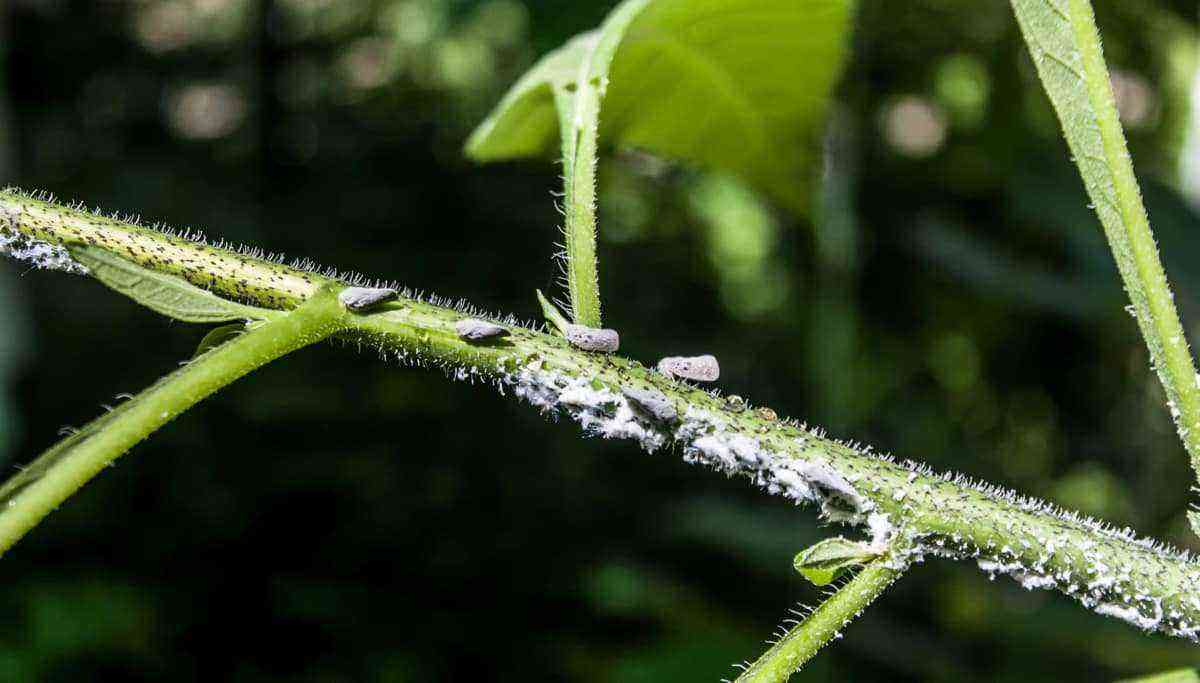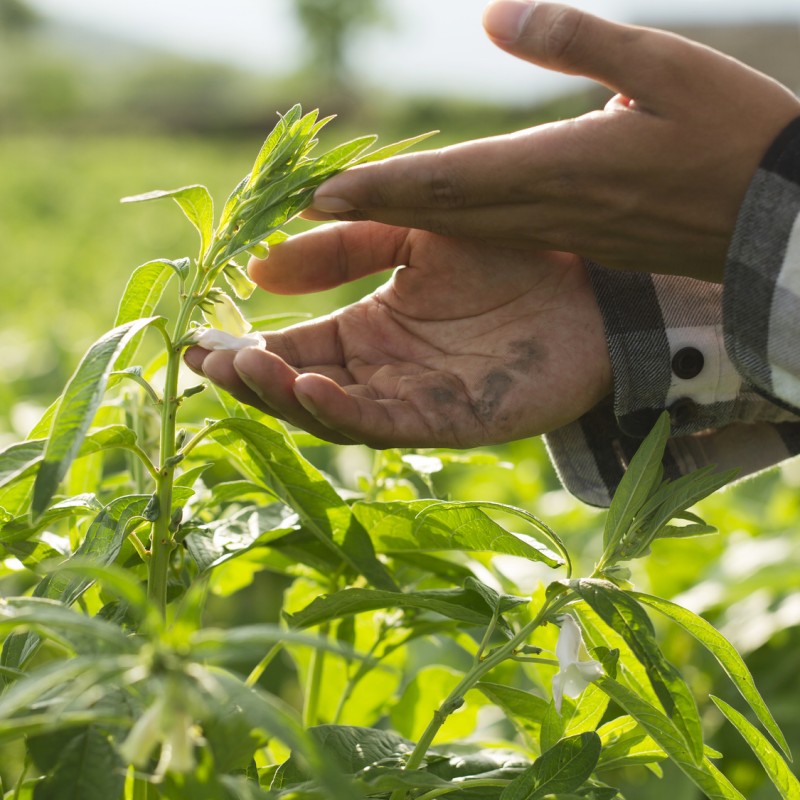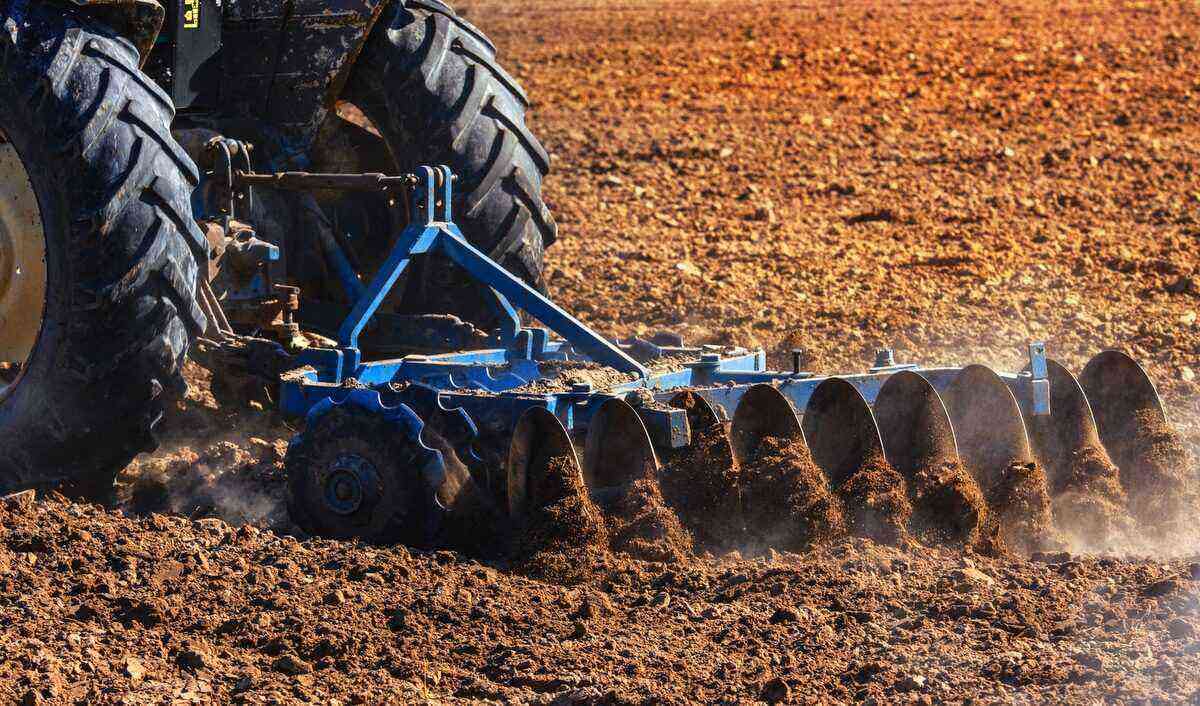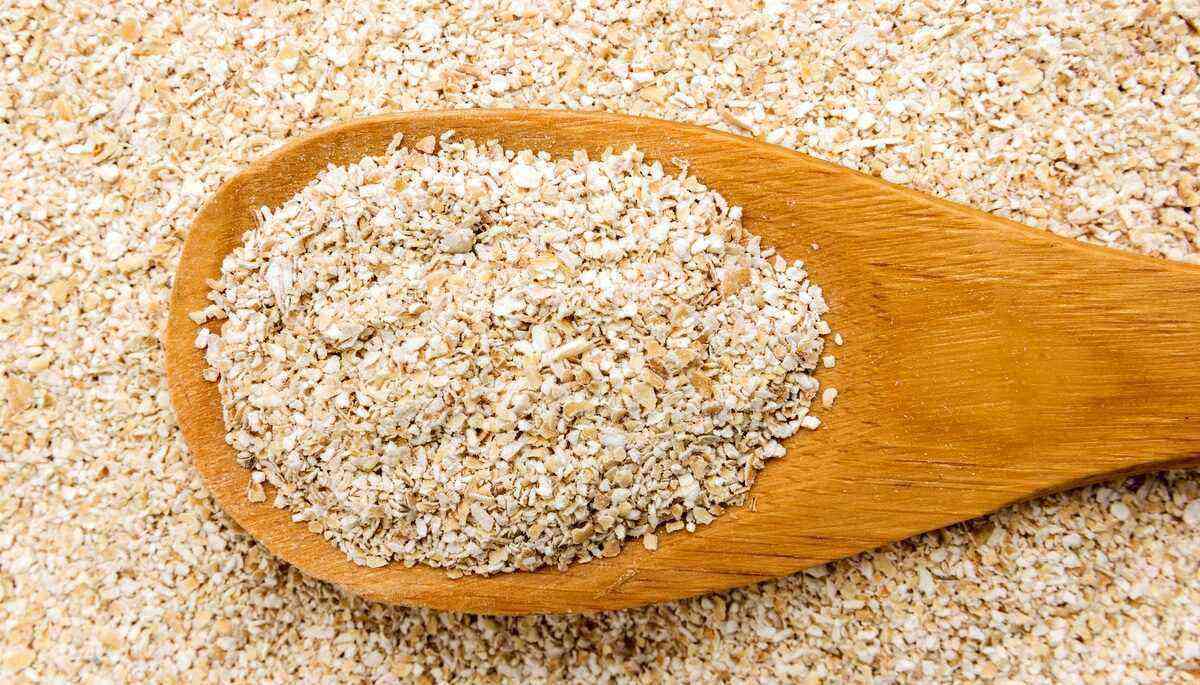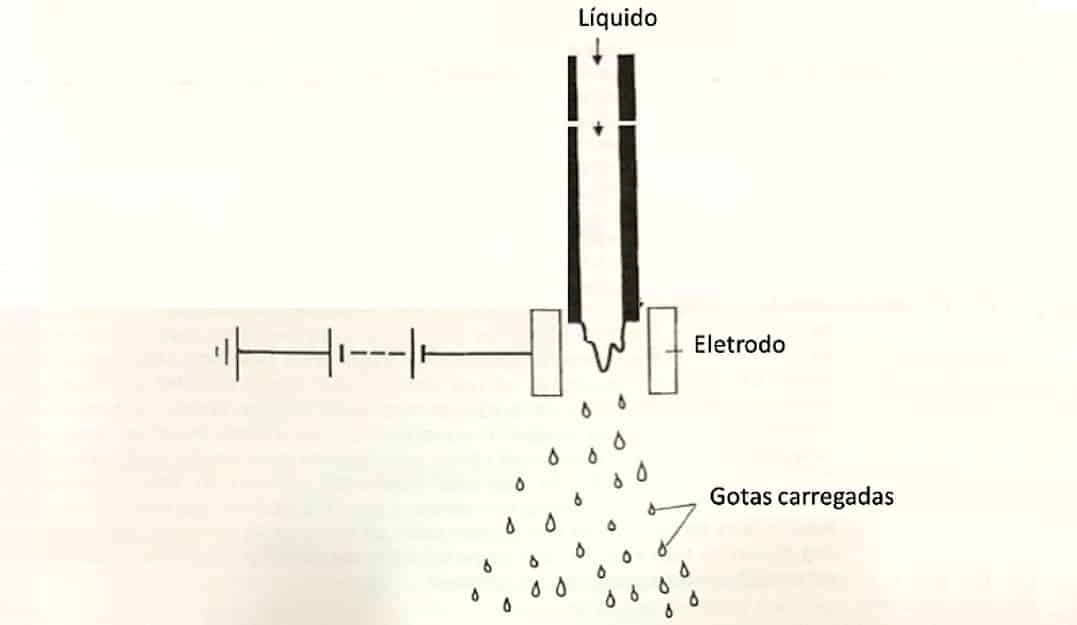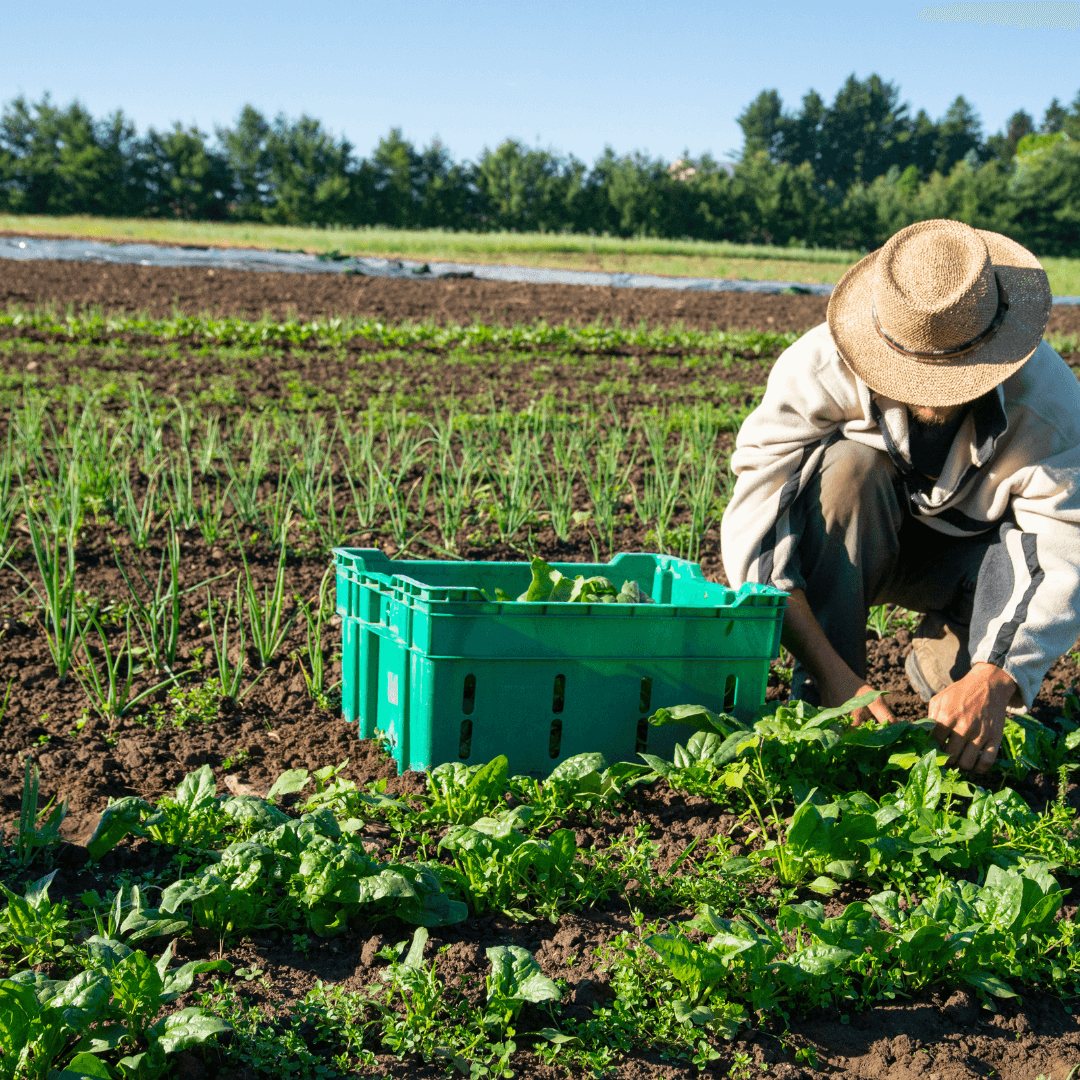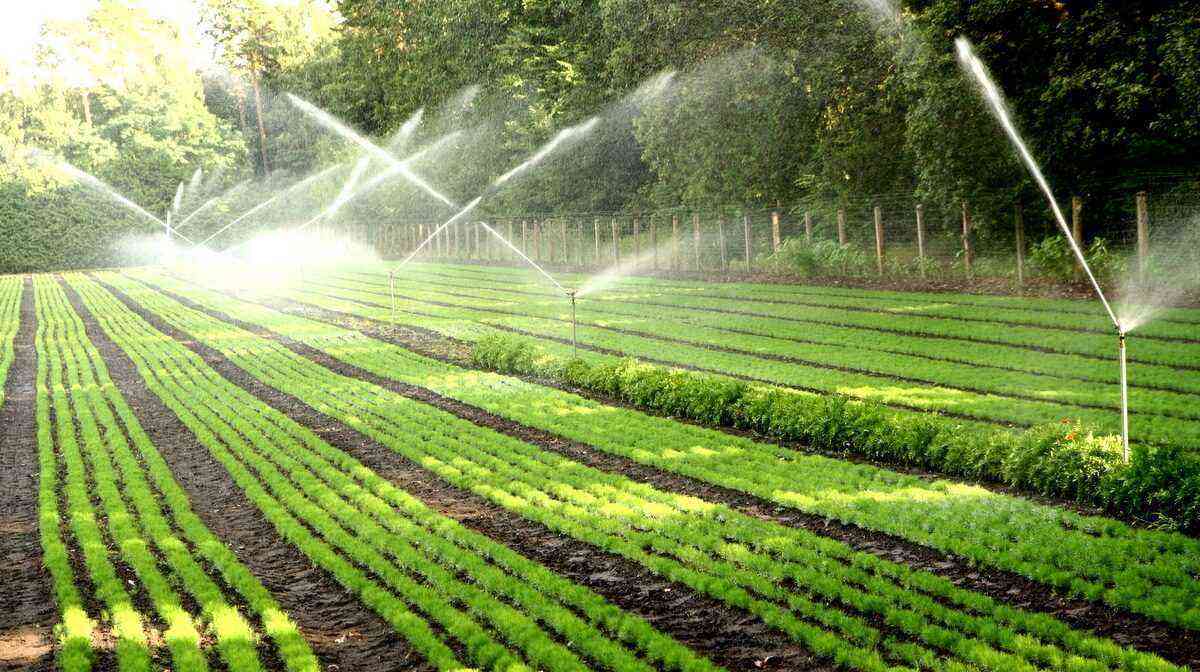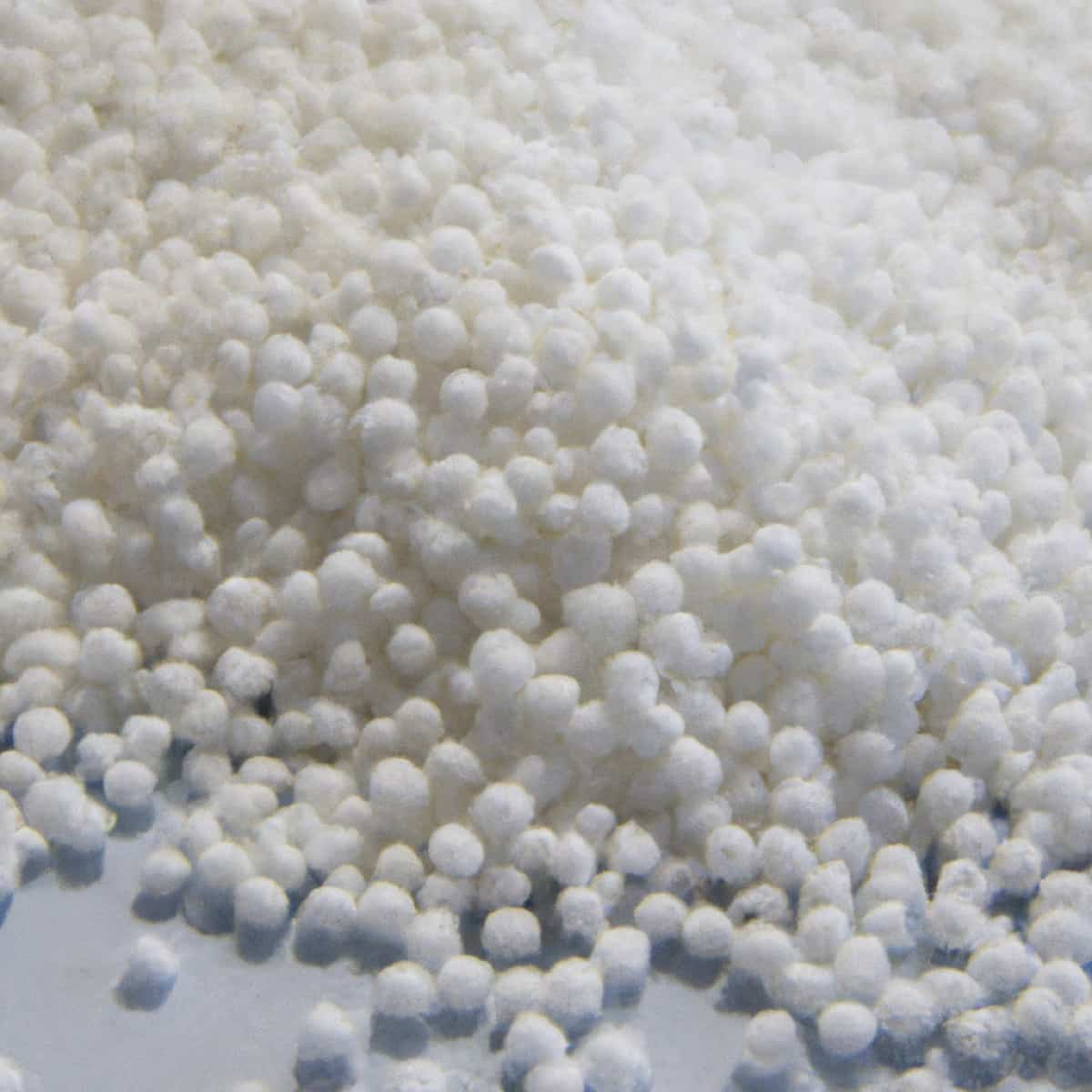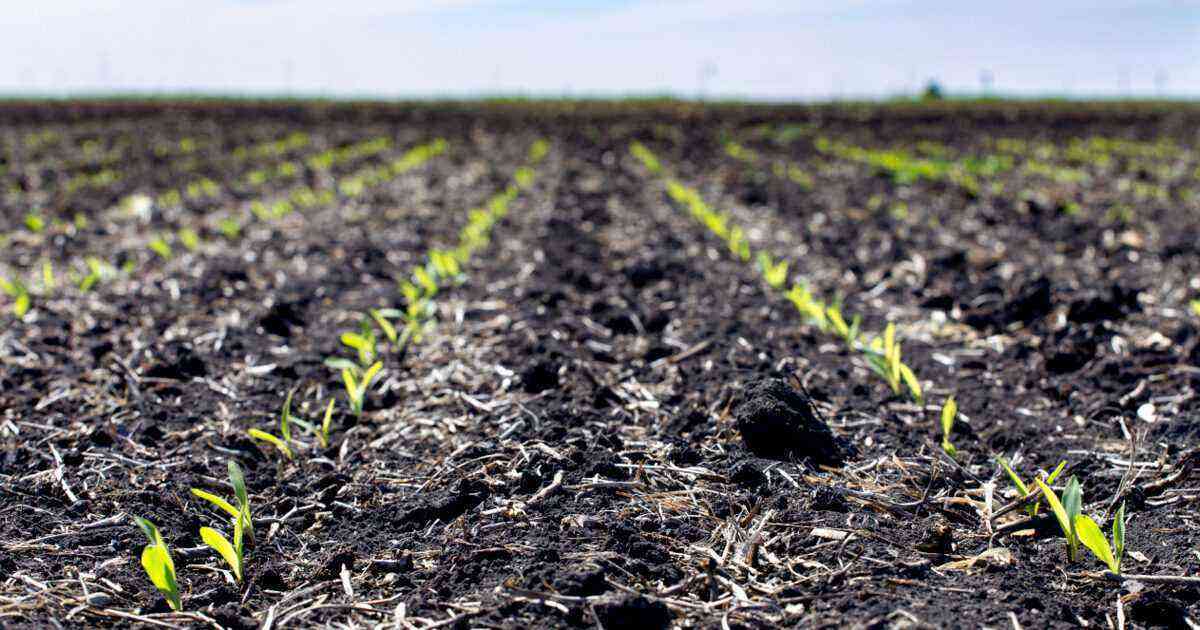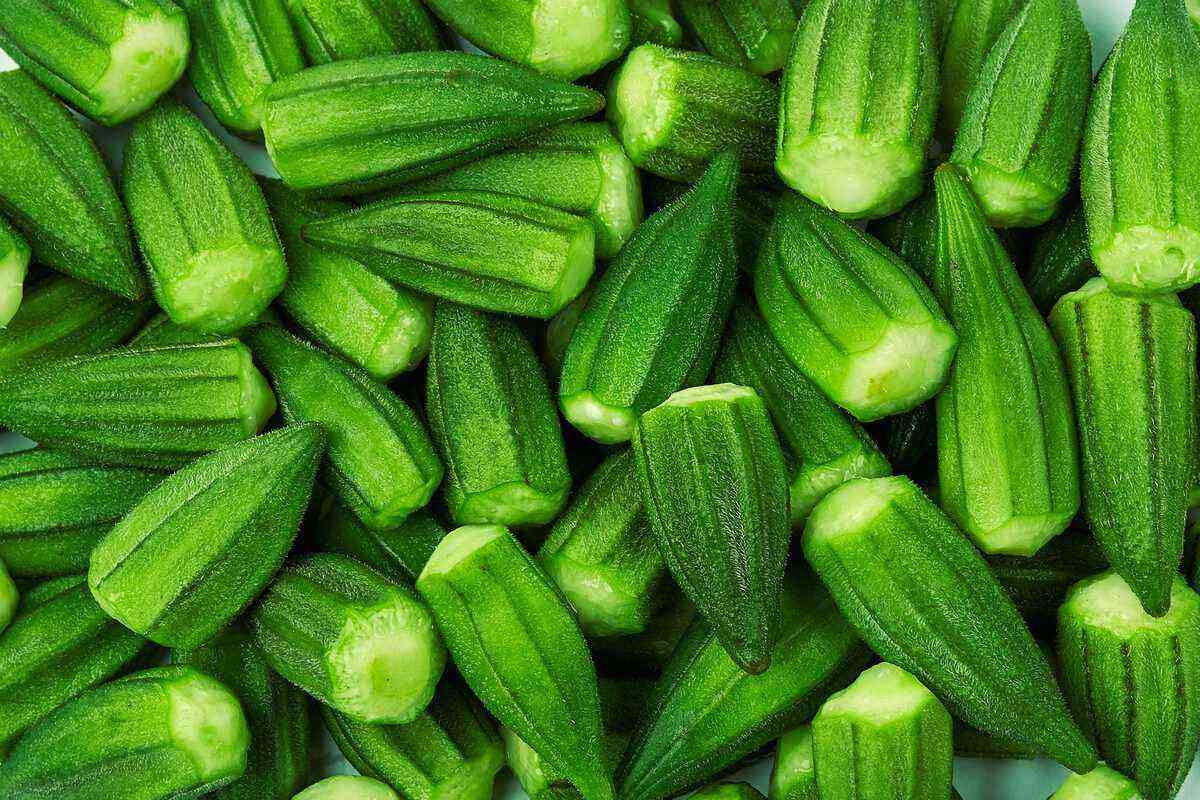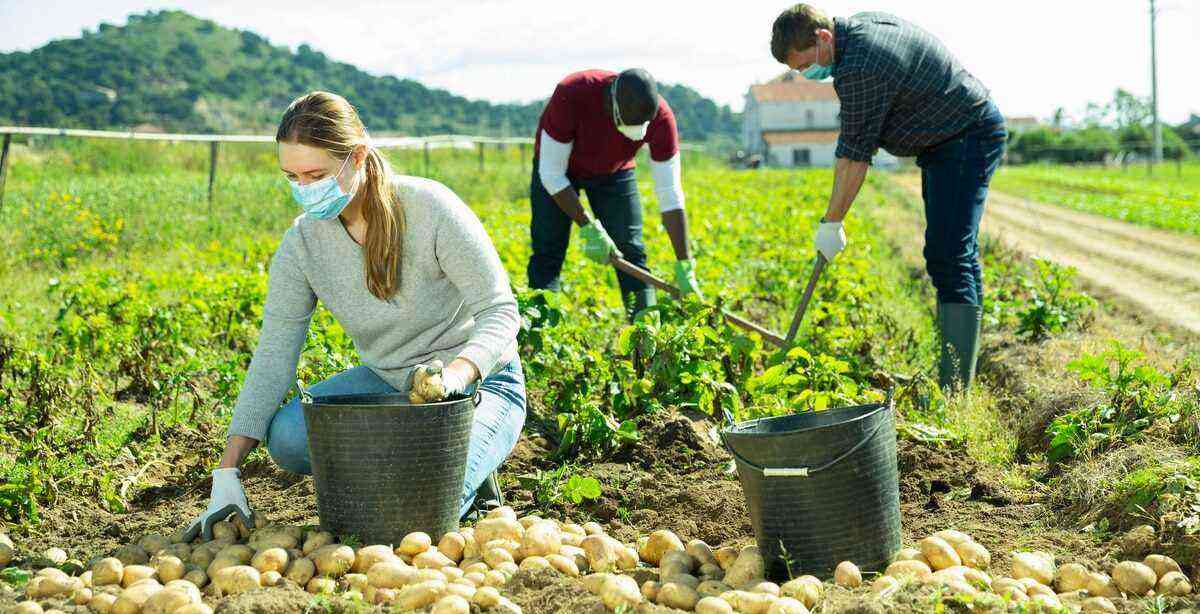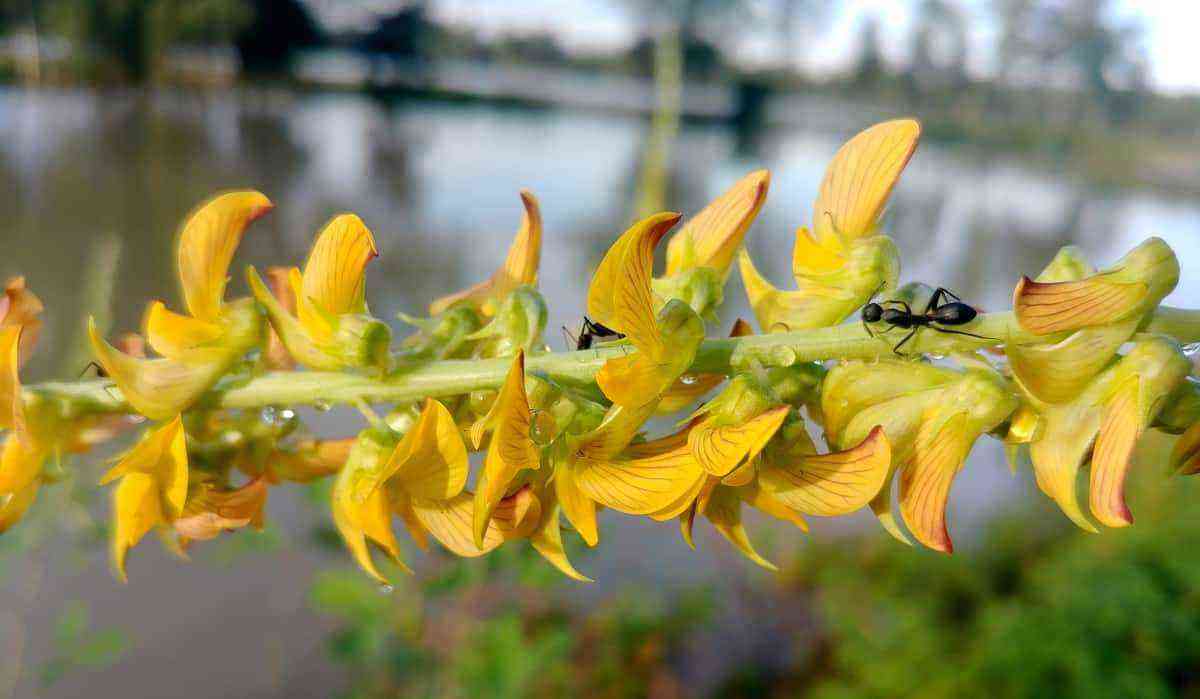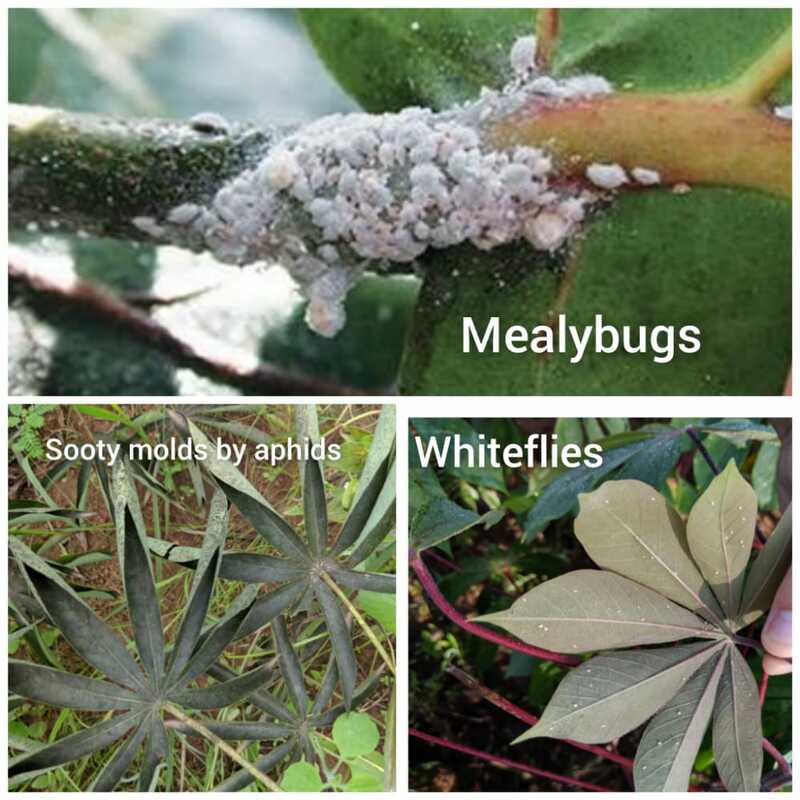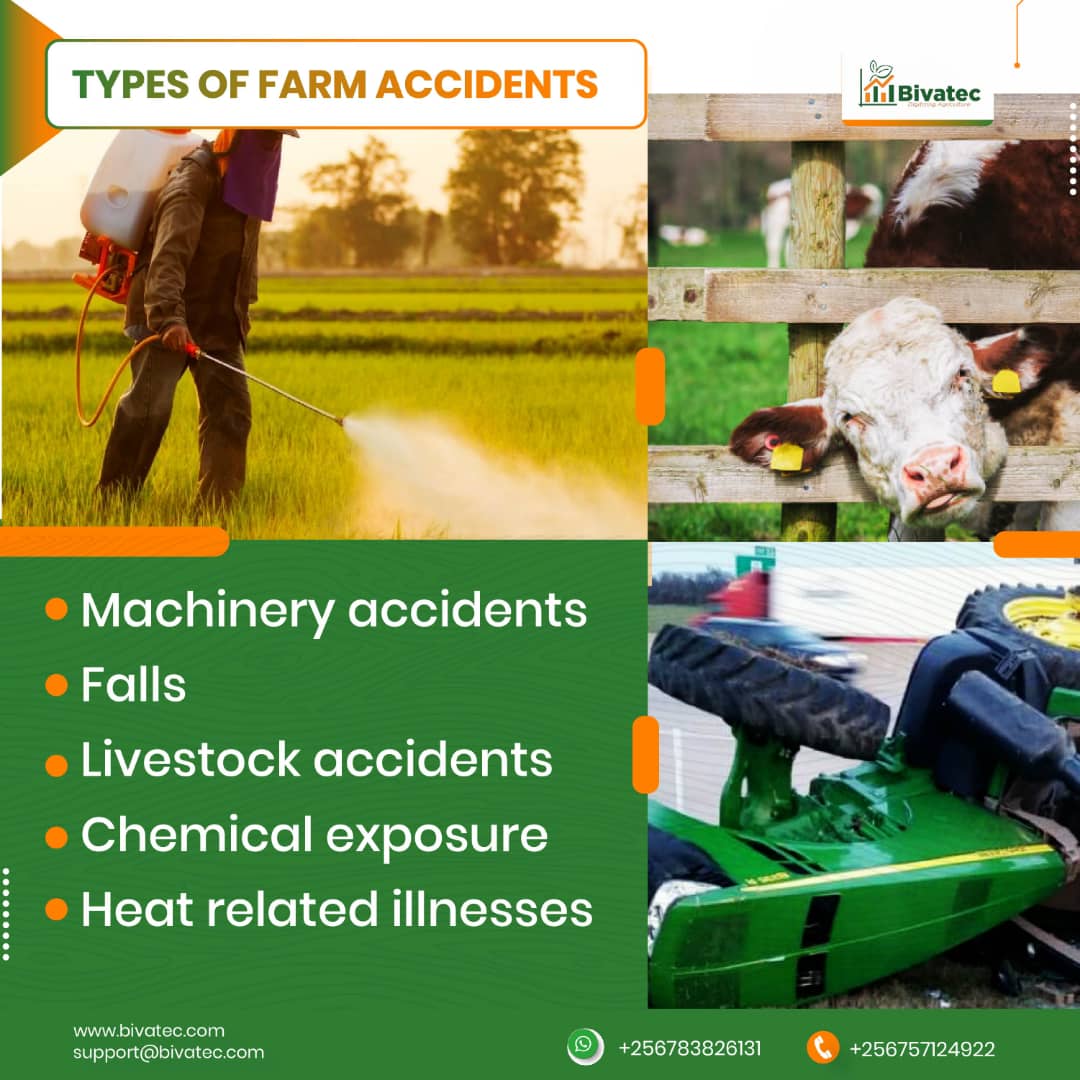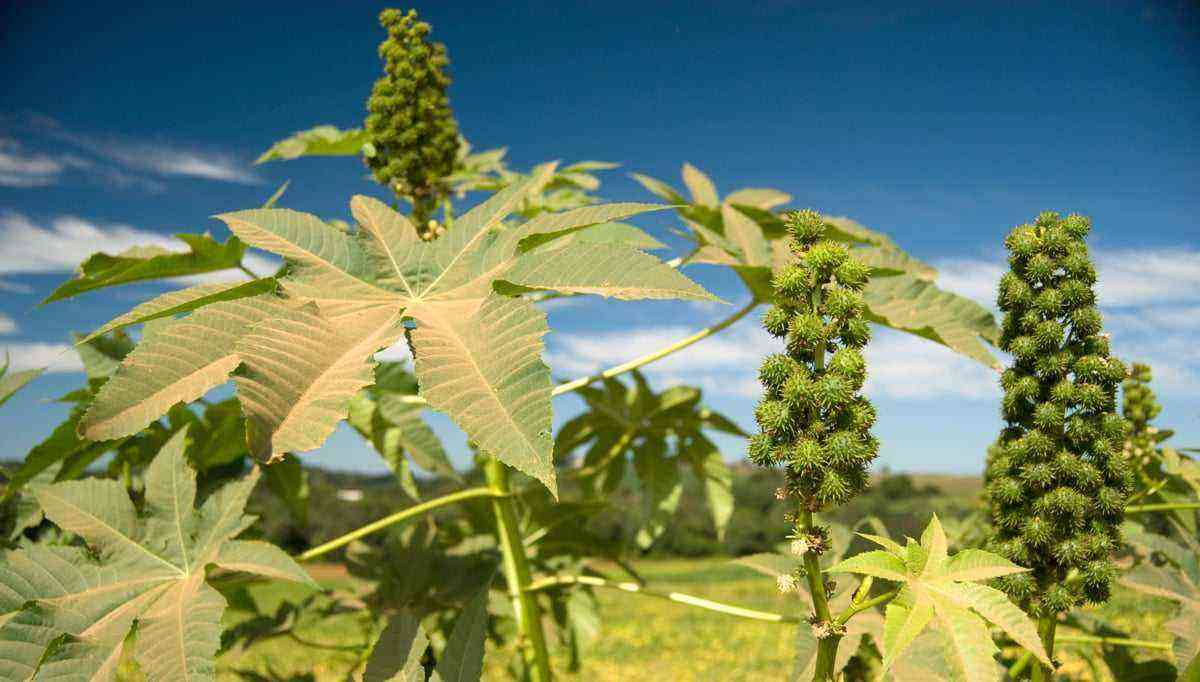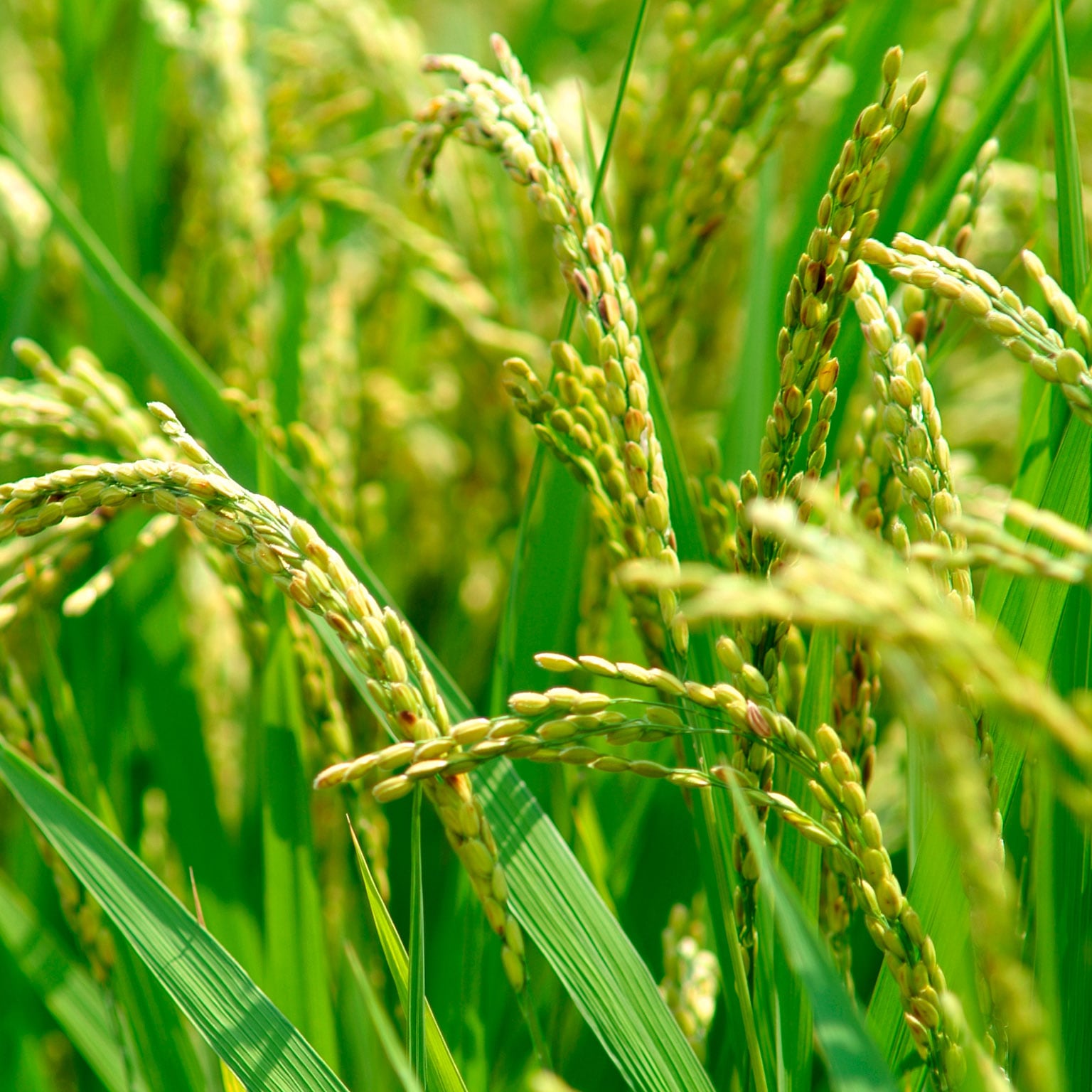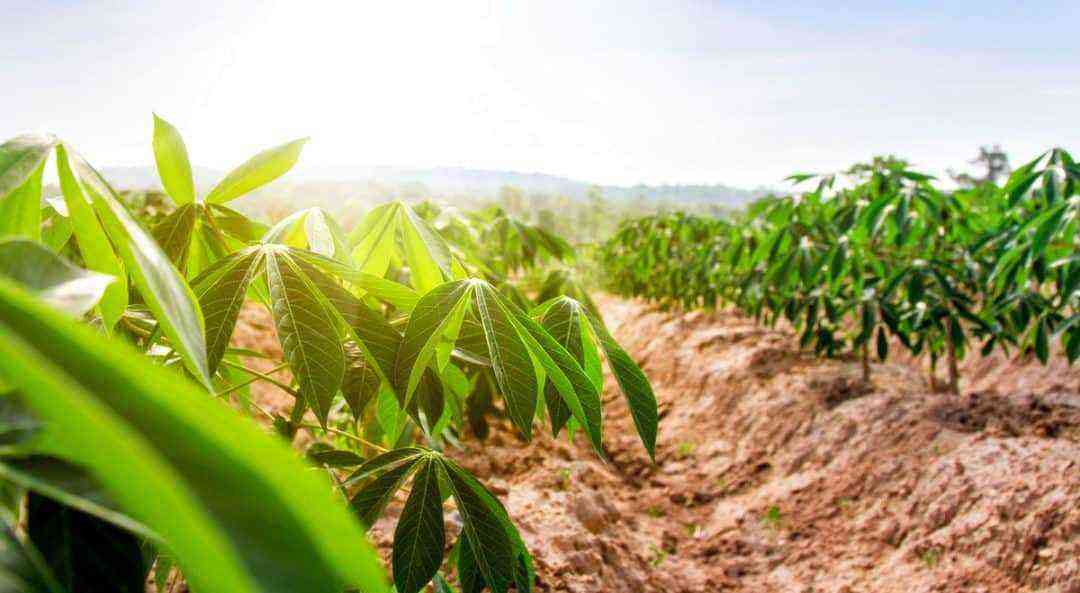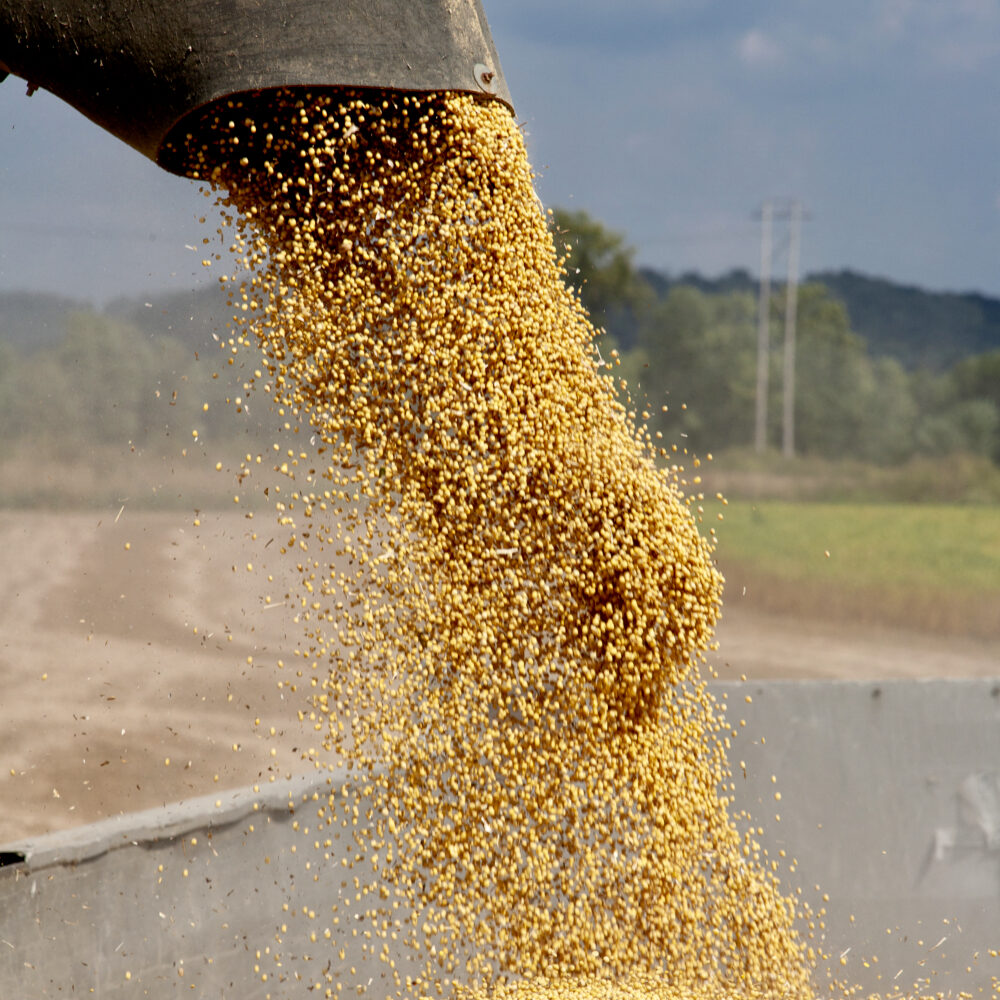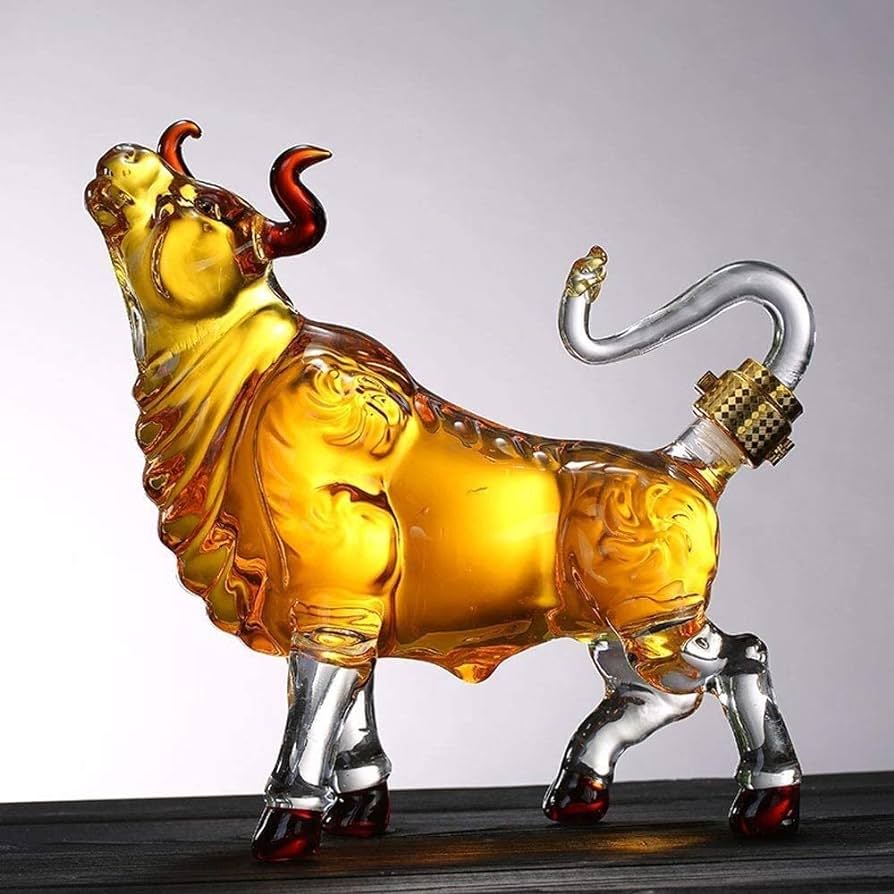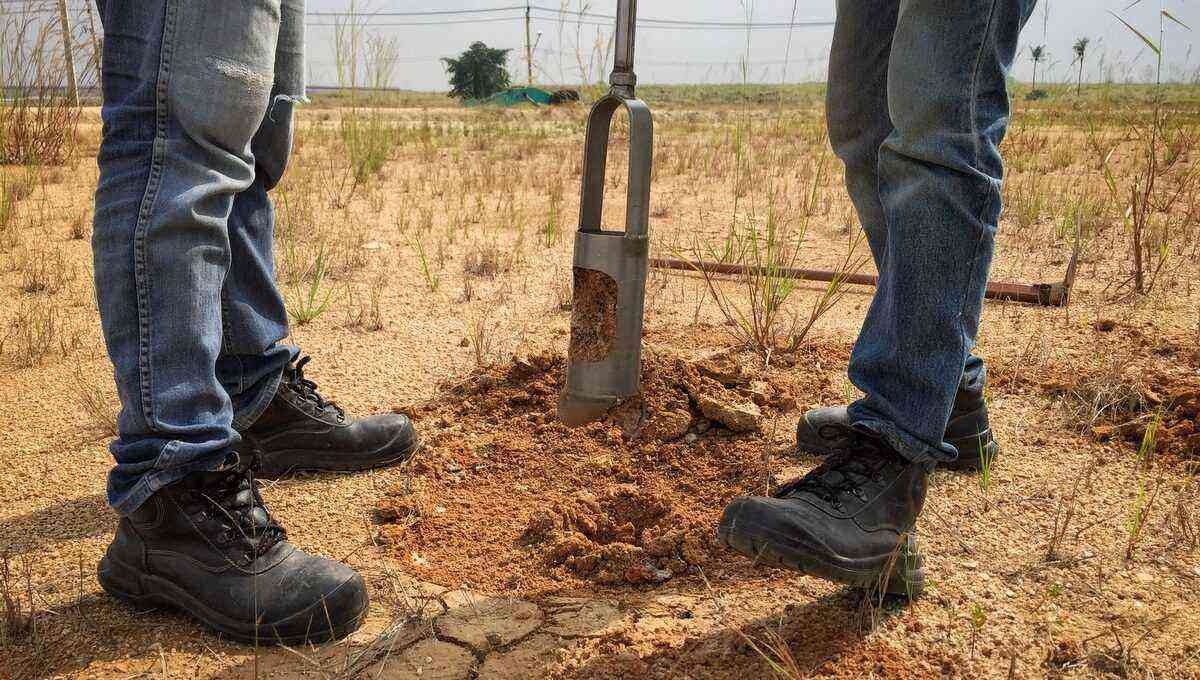In the rural world there are several ways to produce and store certain types of food.
Hay is one of those forages that, over time, has gained new techniques and new ways of making and storing, in order to obtain the best and most nutritious food option, especially for use in periods in which the grass has low or almost no productivity.
The process by which hay is produced is called hay. So, if you want to know more about this process and what are its advantages, stay with us and check out below how hay production works and what are its advantages. Follow up!
Enter our news page and get more information about agricultural matters.
What is hay?
Haying is the technique by which a forage species is preserved for a long period of time without, however, eliminating its nutritional characteristics.

Hay is an important source of food for animals when grass is lacking.
This species is subjected to a careful dehydration process, under sunlight, until reaching levels of about 10% to 20% humidity, depending on the criteria adopted by those who carry out this process.
How does hay production work?
There are at least three basic steps in the haymaking process, which can vary according to one’s wishes. However, in general, hay production goes through the cut, drying e baling.
Check out each of these steps below:
or cut
The simplest stage of production. Hay cutting is usually carried out by a tractor with a kind of tool made up of a certain number of knives attached to its rear.
the drying
Drying is carried out on fields under sunlight, with constant turning of the material so that there is uniformity in the dehydration of the vegetable portion. The main instrument that helps the turning over is the rake, a tool with properties similar to the rake and that allows the movement of the hay over the fields in order to homogenize its drying.
the baling
Finally, the baling occurs when the material is already arranged in lines on the field, that is, it is raked. From this, a machine made especially for this work is used to compact the plant material, which can be stored with greater agility and space optimization.
What are the benefits of hay?
In addition to the versatility of hay, which allows it to be produced by large or small rural producers, it is also easily transported and handled. Its storage does not require any complex process, in addition to being difficult to degrade, which makes it also very profitable for those who sell it.

Hay has a very wide acceptance among animals, such as dairy cattle.
Another advantage of hay lies in the fact that no biological process is necessary in its production, as is the case with silage that depends on fermentation. In addition, its nutritional value also maintains for long periods, having, because of this, a very large acceptance among the animals that consume it.
No video Below, check out how the production of hay can be done in a simple way:
Source: Marcelo Souza
Did you like today’s article? Enter our blog and stay on top of other articles that involve agricultural production! In addition, you can still take advantage of the offers announced by people from all over Brazil!
See also: What forages are used in silage production and their main characteristics?
